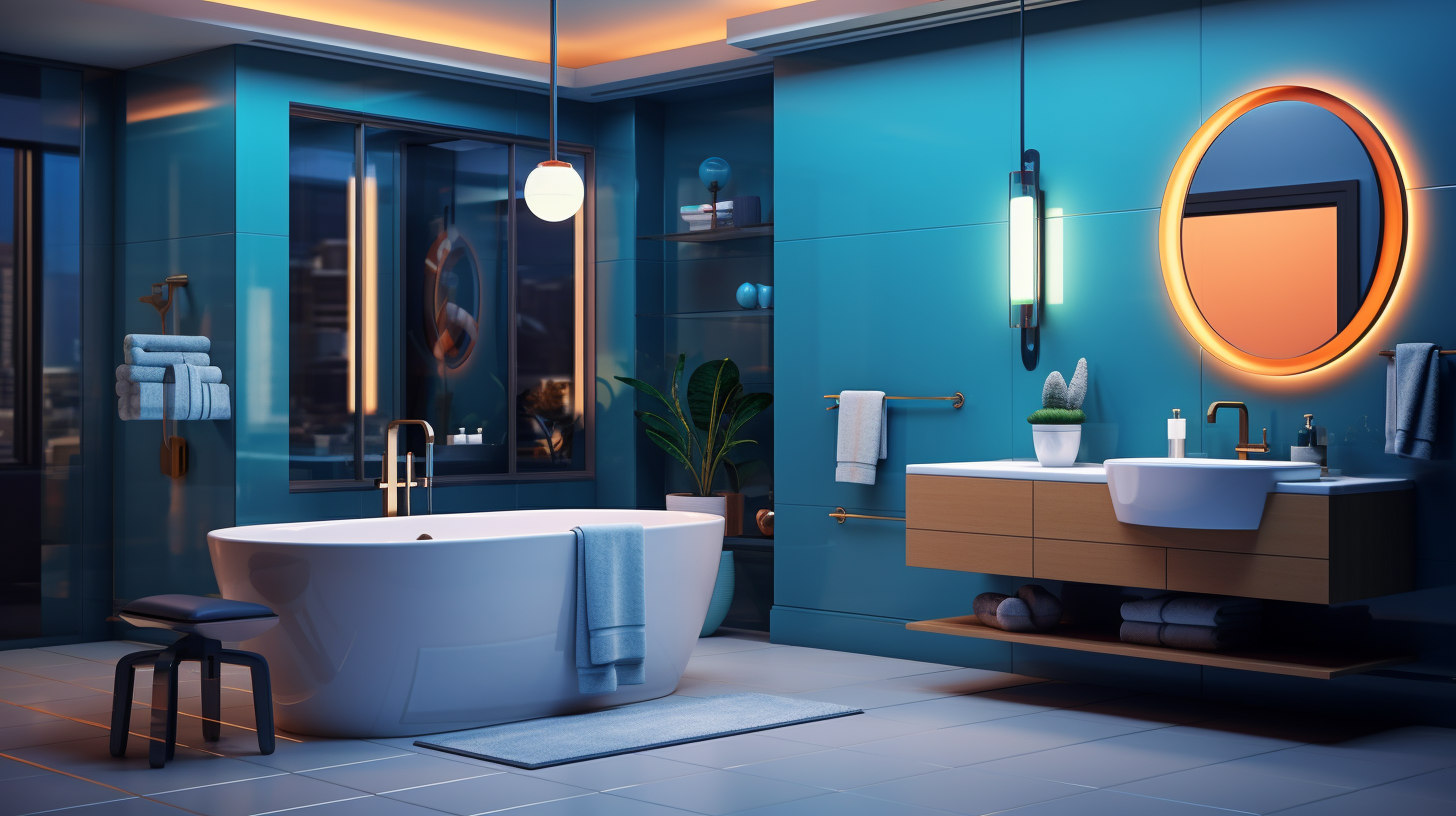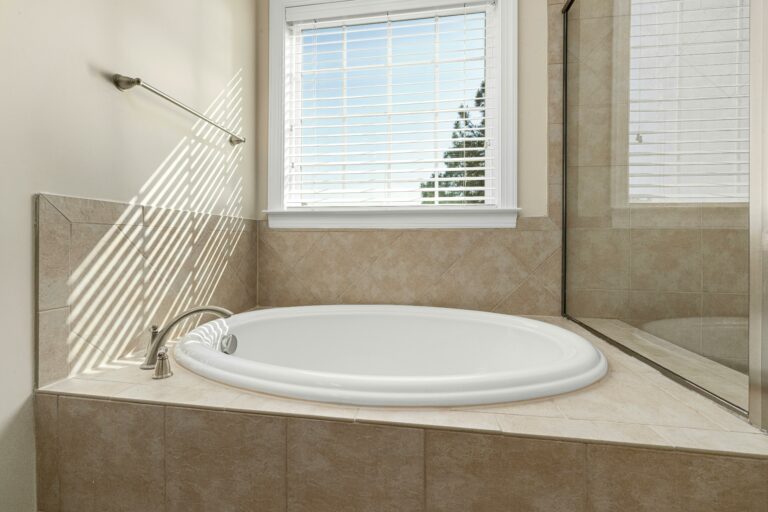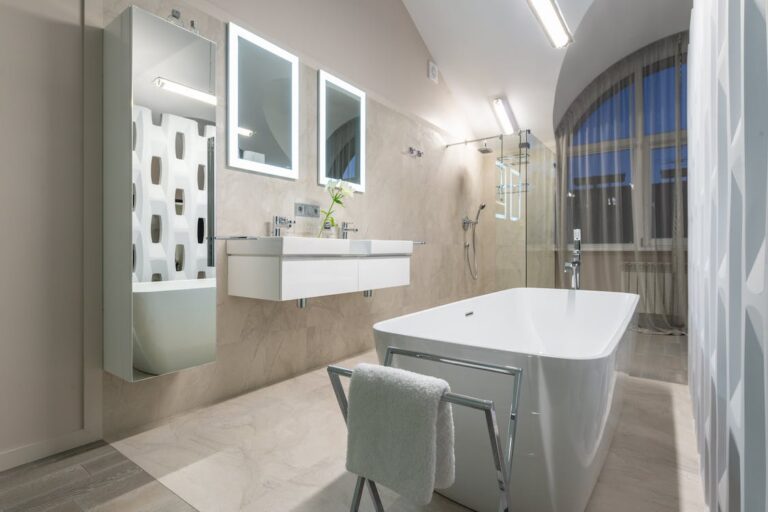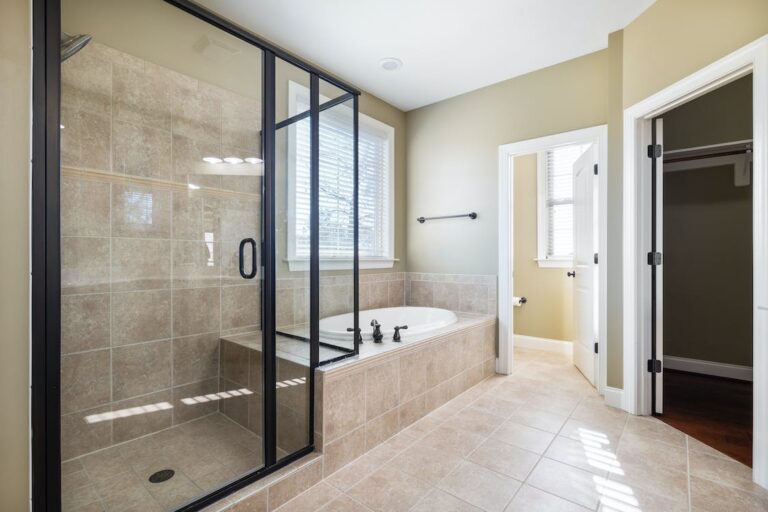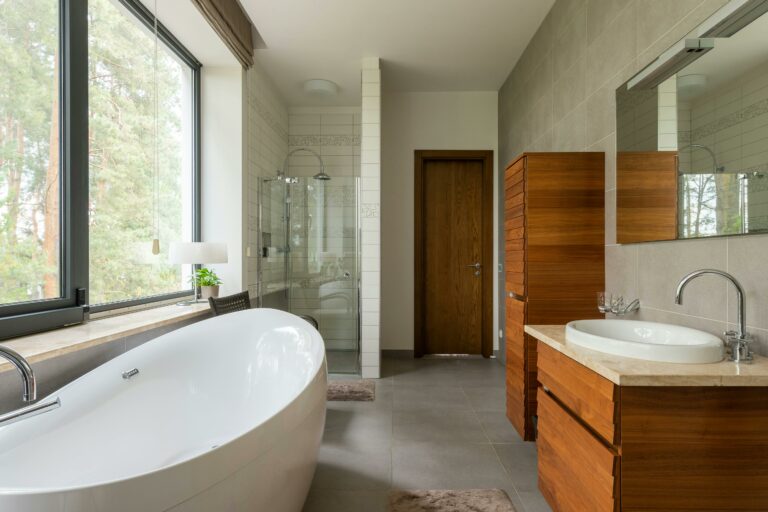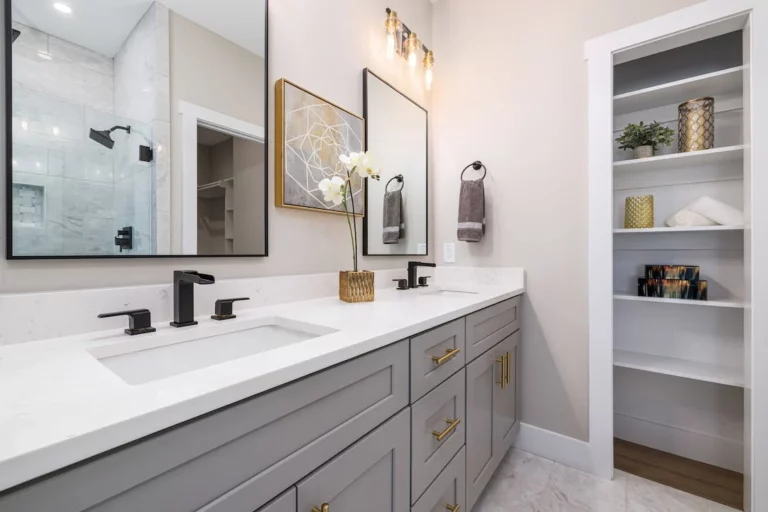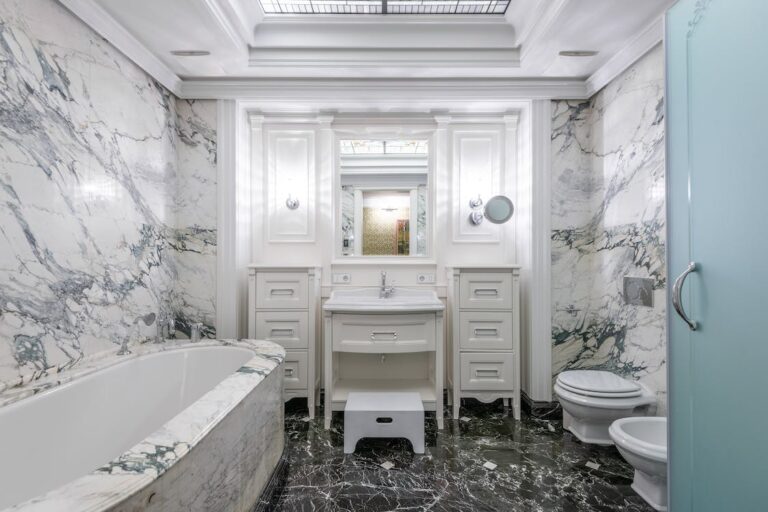The Importance of Lighting in Bathroom Design in 2023
Hey there! Have you ever thought about the importance of lighting in bathroom design? It’s a crucial aspect that often goes overlooked, but it can truly make a big difference in the functionality and ambiance of your bathroom. Imagine stepping into a dimly lit bathroom with harsh lighting that casts unflattering shadows on your face – not exactly the ideal way to start your day, right?
Lighting in the bathroom serves more than just a practical purpose. It sets the mood, enhances functionality, and even ensures your safety. In this article, we’ll explore the various aspects of bathroom lighting and why it’s essential to pay attention to it when designing your bathroom. So, let’s dive in and shed some light on this fascinating topic!
Table of Contents
Understanding the Importance of Lighting in Bathroom Design
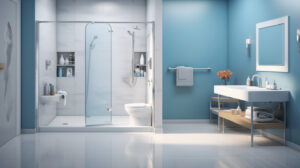
When it comes to bathroom design, lighting plays a crucial role in both functionality and aesthetics. Having the right lighting can greatly enhance your experience in the bathroom and create a space that is both practical and inviting. So, let’s dive in and understand the importance of lighting in bathroom design!
Enhancing Functionality
Good lighting is essential in the bathroom to perform daily tasks with ease and precision. Whether you’re brushing your teeth, applying makeup, or shaving, adequate lighting is necessary to see what you’re doing. Task lighting is the go-to choice for providing focused, bright light in specific areas of the bathroom, such as above the mirror or vanity. It eliminates shadows and ensures you have a clear view of yourself and the products you’re using.
Creating a Relaxing Atmosphere
The bathroom is not just a functional space; it can also be a sanctuary where you can unwind and relax. Ambient lighting is perfect for creating a soothing atmosphere in your bathroom design. It provides a soft, gentle glow that sets a calming mood and makes you feel at ease. Consider installing dimmers to adjust the intensity of the ambient lighting, allowing you to create a cozy ambiance for a relaxing bubble bath or a refreshing shower.
Ensuring Safety and Visibility
In addition to functionality and ambiance, safety is another important aspect of bathroom lighting. Bathrooms can be potentially hazardous, especially when it’s dark and slippery. Adequate lighting, especially in walkways and shower areas, can help prevent accidents and ensure your safety. It’s also important to have good visibility in the bathroom at all times, especially when using sharp objects like razors or hair styling tools. Proper lighting eliminates any shadows that may obstruct your view and reduces the chance of accidental injuries.
Now that you understand the role of lighting in bathrooms, let’s explore the different types of lighting fixtures you can incorporate into your bathroom design.
Different Types of Lighting Fixtures

When it comes to lighting your bathroom design, it’s important to consider the different types of lighting fixtures available. Each type serves a specific purpose and can greatly enhance the overall functionality and aesthetics of your bathroom design. Let’s take a closer look at the different types of lighting fixtures you can choose from:
Task Lighting
Task lighting is essential for specific activities in the bathroom, such as applying makeup, shaving, or reading a book while relaxing in the bathtub. It provides focused and direct illumination, ensuring that you have adequate visibility for these tasks. Some common types of task lighting fixtures include:
- Vanity Lights: These are typically placed above or on either side of the bathroom mirror to eliminate shadows on the face and provide even lighting for grooming tasks.
- Under-Cabinet Lights: Perfect for illuminating the countertop space and providing direct light for tasks like applying skincare products or brushing your teeth.
Ambient Lighting
Ambient lighting, also known as general lighting, is designed to create a warm and inviting atmosphere in the bathroom. It helps to evenly illuminate the entire space, ensuring that there are no dark corners. Some examples of ambient lighting fixtures include:
- Ceiling-mounted Fixtures: These can be flush-mount or semi-flush-mount fixtures that provide overall illumination for the entire bathroom.
- Recessed Lights: Recessed lights are installed into the ceiling and provide a sleek and modern look. They distribute light evenly and are perfect for larger bathrooms.
Accent Lighting
Accent lighting adds a touch of drama and highlights specific elements or areas in the bathroom. It adds depth and visual interest to the space. Here are a few examples of accent lighting fixtures you can consider:
- Wall Sconces: Wall sconces can be installed on the sides of the bathroom mirror or on the walls to create a soft and inviting glow.
- Pendant Lights: Pendant lights are perfect for adding a decorative element to the bathroom. They can be hung above a vanity or near a bathtub for a stylish touch.
By combining different types of lighting fixtures, you can create a well-balanced and versatile lighting scheme that meets both your functional and aesthetic needs. Remember to consider the size of your bathroom, the layout, and your personal preferences when choosing the right lighting fixtures for your space.
Now that we’ve explored the different types of lighting fixtures available, let’s move on to the next section to learn about choosing the right bulbs for your bathroom design.
Choosing the Right Bulbs

When it comes to choosing the right bulbs for your bathroom design, it’s important to consider factors such as light bulb types, color temperature, and energy efficiency. Here are some tips to help you make the best choice:
Understanding Light Bulb Types
There are several types of light bulbs available in the market, each with its own advantages and uses. Here are a few popular options to consider for your bathroom:
- Incandescent Bulbs: These are the traditional bulbs that produce a warm, cozy light. However, they are not energy-efficient and have a shorter lifespan compared to other options.
- Halogen Bulbs: Halogen bulbs emit a bright and white light, making them great for task lighting. They are more energy-efficient than incandescent bulbs and have a longer lifespan.
- Compact Fluorescent Bulbs (CFLs): CFLs are energy-efficient and can last up to 10 times longer than incandescent bulbs. They are available in various color temperatures and can provide warm or cool light.
- LED Bulbs: LED bulbs are highly energy-efficient, have a long lifespan, and produce very little heat. They are available in a wide range of color temperatures and can be dimmable, making them versatile for different lighting needs.
Considering Color Temperature
Color temperature refers to the appearance of light produced by a bulb. It is measured in Kelvin (K) and can range from warm to cool light. Consider the following color temperature options for your bathroom:
- Warm White (2700K-3000K): This range provides a soft and cozy light, ideal for creating a relaxing atmosphere in bathrooms.
- Cool White (3500K-4100K): Cool white light is bright and crisp, making it perfect for task lighting, such as applying makeup or shaving.
- Daylight (5000K-6500K): Daylight bulbs mimic natural sunlight, providing a bright and energizing light. They are great for bathrooms with limited natural light.
Optimizing Energy Efficiency
As energy efficiency becomes increasingly important, opt for bulbs that consume less energy and have a longer lifespan. LED bulbs are the most energy-efficient option, consuming up to 80% less energy than incandescent bulbs. They may have a higher upfront cost, but the long-term savings make them a worthwhile investment.
Pro Tip: Look for bulbs with the ENERGY STAR label, as they meet strict efficiency and performance standards.
Choosing the right bulbs for your bathroom design is essential to create the desired ambiance and functionality. Consider the bulb types, color temperature, and energy efficiency to make an informed decision. A well-lit bathroom can enhance your daily routines and provide a pleasant and safe environment.
Strategies for Effective Bathroom Lighting Design
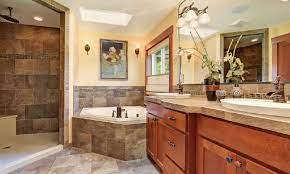
When it comes to bathroom design, the lighting plays a crucial role in creating the perfect ambiance and functionality. Proper lighting can transform a dull and ordinary bathroom into a stunning and functional space. Here are some strategies to consider for bathroom design:
1. Layering Light Sources
Layering light sources is an essential technique of lighting in bathroom design. It involves using multiple sources of light at different heights and positions in the bathroom. By incorporating various lighting fixtures, you can create a well-balanced and visually appealing space. Here are a few layering techniques to consider:
- General overhead lighting: Install a central ceiling fixture or a recessed lighting fixture with a diffuser to provide overall illumination in the bathroom.
- Task lighting: Incorporate task lighting fixtures near the vanity mirror, shower, or bathtub to provide focused lighting for specific activities like shaving, applying makeup, or showering.
- Accent lighting: Use accent lighting, such as wall sconces or recessed lights, to highlight architectural features or decorative elements in the bathroom.
2. Placing Lighting Fixtures Properly
The placement of lighting fixtures is crucial to ensure that the bathroom is adequately lit and provides optimal functionality. Consider the following tips when placing lighting fixtures in your bathroom:
- Vanity lighting: Install wall-mounted sconces or vertical fixtures on either side of the vanity mirror rather than above it. This helps to eliminate shadows on the face and provides even lighting for grooming tasks.
- Shower lighting: If your shower is separate from the rest of the bathroom, consider installing a waterproof recessed light or a wall-mounted fixture inside the shower to provide ample lighting.
- Toilet area lighting: Place a small recessed light or a wall sconce near the toilet area to ensure visibility and enhance safety during nighttime trips to the bathroom.
3. Utilizing Mirrors to Enhance Illumination
Mirrors can play a significant role in enhancing the illumination in your bathroom. They can reflect light and create an illusion of a larger and brighter space. Consider the following mirror placement techniques:
- Backlit mirrors: Install a backlit mirror above the vanity to provide an additional source of light that illuminates the face evenly and reduces shadows.
- Mirror wall: If possible, consider using a mirrored wall to reflect natural light from windows or artificial light from fixtures, creating a brighter and more spacious feeling.
By strategically placing mirrors in your bathroom, you can maximize the effectiveness of your lighting design.
In summary, effective lighting in your bathroom design involves layering light sources, placing lighting fixtures properly, and utilizing mirrors to enhance illumination. By incorporating these strategies, you can create a well-lit, functional, and aesthetically pleasing bathroom space.
Integrating Natural Light

Natural light has the power to transform any space, creating a warm and inviting atmosphere. When it comes to bathroom design, integrating natural light can greatly enhance the overall aesthetic and functionality of the space. Here, we will explore the benefits of maximizing natural light in your bathroom and provide tips on how to make the most of this valuable resource.
Maximizing Natural Light
Maximizing natural light not only brightens up your bathroom but also makes it feel more spacious and airy. Here are a few ways you can bring more natural light into the room:
- Windows: Install larger windows or additional windows in your bathroom to allow more sunlight to enter. Consider placing windows strategically to maximize the amount of natural light coming in.
- Skylights: Skylights are an excellent option for bathrooms that don’t have enough wall space for windows. They bring in ample natural light and add a unique architectural element to the room.
- Translucent Glass: If privacy is a concern, consider using translucent or frosted glass for windows or shower doors. These options allow natural light to filter through while maintaining privacy.
Determining Window Treatments
While natural light is desirable, it is also important to have control over the amount of light and privacy in your bathroom. Here are some window treatment options to consider:
- Blinds or Shades: Install blinds or shades that can be easily adjusted to regulate the amount of natural light entering the space. Choose materials that are moisture-resistant and easy to clean.
- Curtains: Opt for lightweight, sheer curtains that allow natural light to filter through while adding a touch of elegance to your bathroom design. Consider using a double curtain rod to allow for additional privacy when needed.
- Window Films: Window films are a cost-effective alternative to traditional window treatments. They add privacy and reduce glare while still allowing natural light to brighten up your bathroom.
When it comes to integrating natural light into your bathroom, it’s crucial to strike a balance between functionality, privacy, and aesthetics. Assess the layout and design of your bathroom to determine the best ways to bring in natural light while maintaining the desired level of privacy.
“Natural light is the ultimate mood booster – it not only brightens up your bathroom but also has a positive impact on your overall well-being.”
Lighting Maintenance and Safety
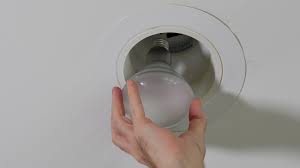
When it comes to bathroom design, maintenance and safety are two essential aspects that should not be overlooked. Proper care and attention to your lighting fixtures will not only ensure their longevity but also contribute to the overall safety of your bathroom. Here are some important tips to keep in mind:
Cleaning and Maintaining Fixtures
Regular cleaning and maintenance of your lighting fixtures are crucial to keep them in optimal condition. Dust, dirt, and grime can accumulate on the surfaces of your fixtures and diminish their brightness. To ensure your lights remain clean and functional, follow these tips:
- Use a soft cloth or sponge to gently wipe the surface of the fixtures. Avoid using abrasive materials or harsh chemicals that can damage the finishes.
- If your fixtures have glass shades, remove them carefully and clean them with a mild glass cleaner. Rinse thoroughly and allow them to dry completely before reattaching.
- Pay attention to hard-to-reach areas and crevices where dirt may accumulate. A soft brush or cotton swab can help clean these areas effectively.
- Replace any broken or damaged parts promptly. This includes cracked shades, loose wiring, or faulty switches. If you’re unsure about how to replace parts, it’s best to consult a professional electrician.
Regular cleaning and maintenance not only improve the appearance of your fixtures but also ensure the safety and functionality of your bathroom lighting.
Ensuring Electrical Safety
Electrical safety is paramount when it comes to lighting in your bathroom design, as water and electricity can be a dangerous combination. To ensure safety, follow these guidelines:
- Make sure your bathroom lighting fixtures and electrical wiring are installed according to local electrical codes and regulations.
- Install ground fault circuit interrupter (GFCI) outlets or breakers near water sources, such as sinks and showers, to protect against electrical shocks.
- Avoid using extension cords or power strips in the bathroom. They are not designed for wet environments and can increase the risk of electrical accidents.
- If you experience flickering lights, buzzing sounds, or any other electrical issues, immediately switch off the power to the affected area and contact a licensed electrician for inspection and repairs.
By prioritizing regular maintenance and following electrical safety guidelines, you can enjoy safe and reliable bathroom lighting for years to come.
“Proper cleaning and maintenance of your bathroom lighting fixtures not only ensures their longevity but also contributes to the overall safety of your bathroom.”
Also read; Creating a Serene Oasis: Relaxing Bathroom Design Ideas in 2023
Also read; Rustic Bathroom Design: Adding Charm to Your Home in 2023
Conclusion
In conclusion, the importance of lighting in bathroom design cannot be overstated. It plays a crucial role in enhancing functionality, creating a relaxing atmosphere, and ensuring safety and visibility. By understanding the different types of lighting fixtures and choosing the right bulbs, you can achieve optimal lighting in your bathroom. Implementing effective strategies, such as layering light sources and placing fixtures properly, will further enhance the overall bathroom design.
Integrating natural light is another aspect to consider, as it can maximize the brightness of your bathroom. Lastly, it is essential to prioritize lighting maintenance and safety by regularly cleaning and maintaining fixtures and ensuring electrical safety.
Remember, a well-lit bathroom not only enhances the overall aesthetic appeal but also improves your daily experience. So, take the time to assess the lighting your bathroom design needs and make the necessary adjustments to create a space that is both functional and visually appealing.
For more inspiration and ideas on bathroom design, decoration, and home interiors, visit Arkitecture Today, your go-to online blog for all things architecture and design!
(Monetization Opportunity: If you are looking to brighten up your bathroom with stylish and high-quality lighting fixtures, check out our exclusive range of bathroom lighting options at Arkitecture Today!)
Frequently Asked Questions
- Why is lighting important in bathroom design?Lighting is important in bathroom design because it enhances the overall aesthetics, creates a functional and safe space, and affects the mood and ambiance. Proper lighting can make a small bathroom appear larger, highlight architectural features, and provide adequate illumination for grooming tasks.
- What are the different types of lighting used in bathroom design?The different types of lighting used in bathroom design are: 1. Ambient lighting (general illumination), 2. Task lighting (focused light for specific activities like shaving or applying makeup), and 3. Accent lighting (used to highlight architectural or decorative elements).
- How can I improve the lighting in my bathroom?To improve the lighting in your bathroom, you can: 1. Use layered lighting by combining different types of lighting, 2. Install dimmers to adjust the light intensity, 3. Use LED lights for energy efficiency and better color rendering, 4. Position lights strategically to minimize shadows, and 5. Incorporate natural light sources like windows or skylights.
- What are the common lighting mistakes to avoid in bathroom design?Some common lighting mistakes to avoid in bathroom design are: 1. Insufficient lighting, 2. Placing lights directly above the mirror, causing unflattering shadows, 3. Using mismatched or harsh lightbulbs, 4. Not considering color temperature, and 5. Neglecting to incorporate dimmers for adjustable lighting options.
- Are there any specific lighting codes or regulations for bathrooms?Yes, there are specific lighting codes and regulations for bathrooms, which vary by location. It’s important to consult local building codes or electrical regulations to ensure compliance with safety standards. Consider hiring a professional electrician for proper installation and adherence to regulations.

